Beef Cattle Breeding Technology and Methods
Beef cattle breeding is a complex and challenging agricultural industry that requires comprehensive consideration of knowledge and technology in animal management, feeding management, disease prevention and other aspects. In this article, we will introduce the techniques and methods of beef cattle breeding in detail to help farmers better manage and operate beef cattle farms.
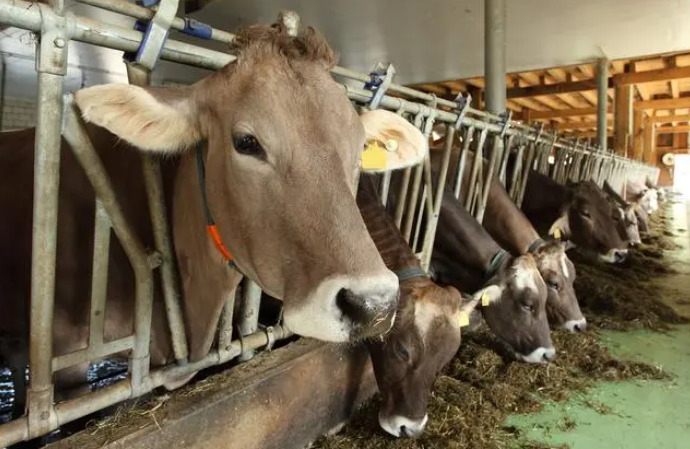
1. Variety selection
Breed selection of beef cattle is one of the keys to successful breeding. Common beef cattle breeds include Holstein, Angus, Simmental, etc. Selecting varieties that are suitable for local climate and breeding conditions, have good meat quality and growth potential, are the basis for successful breeding.
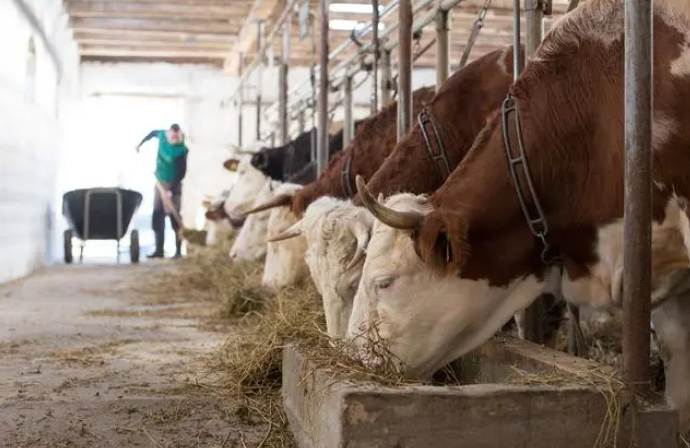
2. Site planning and construction
Before raising beef cattle, site planning and construction is required. Choose a site with good drainage, suitable soil quality and ample grass area. When building cattle housing and feeding facilities, consider the comfort and safety of the cattle and ensure that adequate space and good ventilation are provided.
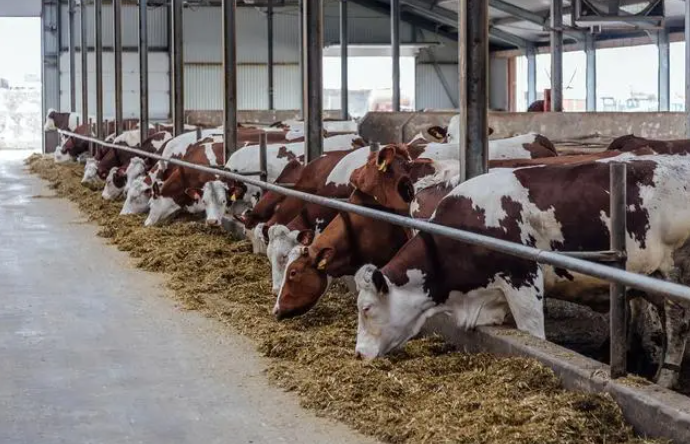
3. Feeding and management
1). Feed supply: Providing balanced feed is a vital part of beef cattle breeding. Feed should include roughage (such as grass, hay) and concentrated feed (such as corn, bean cake, etc.). According to the growth stage and weight of the cattle, the feed is scientifically formulated to ensure balanced and adequate nutrition.
2). Drinking water management: Beef cattle need sufficient clean drinking water to meet their growth and health needs. Provide clean drinking water facilities and clean and replace drinking fountains regularly to prevent the growth and spread of bacteria.
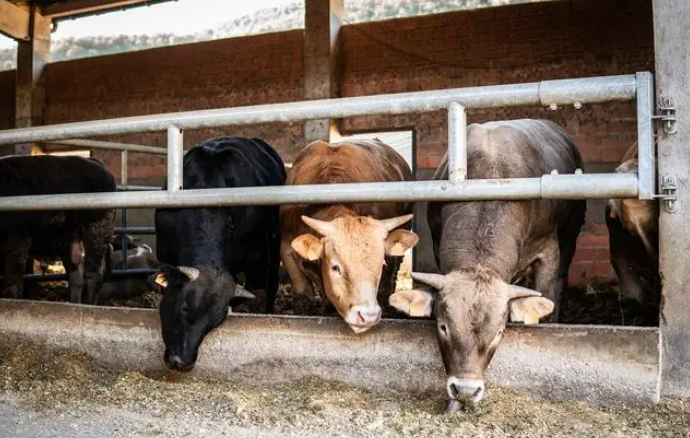
3). Disease prevention and control: In the process of beef cattle breeding, attention should be paid to the prevention and control of epidemic diseases. Cattle are vaccinated regularly and parasites are dewormed to ensure the health of the herd. At the same time, attention should be paid to isolating newly imported cattle to prevent the spread of diseases.
4). Environmental management: Keep the cowshed clean and dry, and clean up manure and waste regularly. The temperature of the cattle house should be appropriate and avoid overcrowding and overly stuffy conditions to ensure the comfort and health of the cattle.
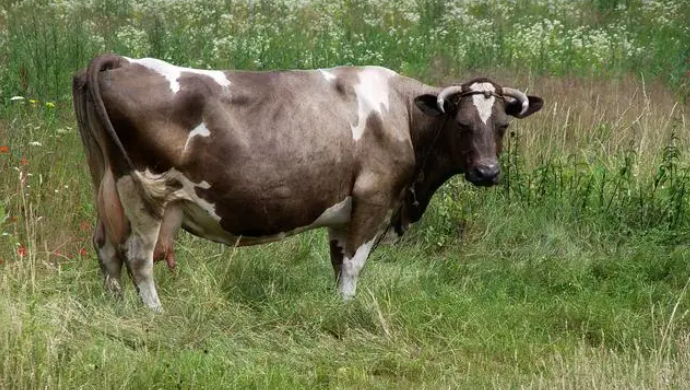
4. Breeding management
1). Breeding selection and breeding: Select breeding cattle with excellent genetic characteristics and reproductive ability for breeding and breeding. According to the breeding objectives, choose a suitable breeding method, such as artificial insemination or natural mating.
2). Pregnancy management: Ensure the health and feeding management of cows, provide nutritious feed, and conduct regular prenatal inspections and monitoring. During pregnancy, proper health and care is given to ensure the health of the cow and fetus.
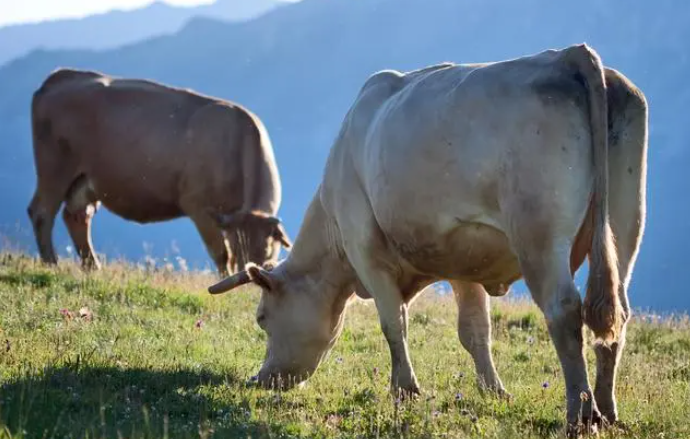
3). Delivery and calf care: Provide a safe and clean delivery environment to ensure smooth delivery of cows. After birth, provide timely initial care for the pups, including cleaning, vaccinations and observing the pups' health.
5. Marketing
In beef cattle farming, marketing is an important part of a successful operation. Understand market demand and price trends, choose appropriate sales strategies and channels, and ensure maximum breeding returns. Establish cooperative relationships with local slaughterhouses, supermarkets or wholesalers to find stable sales channels.
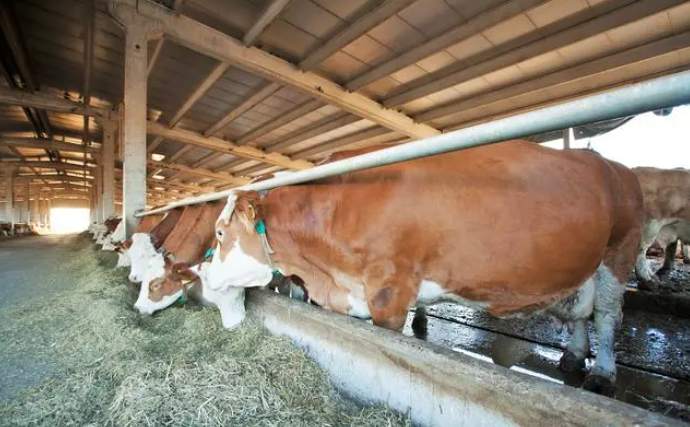
To sum up, beef cattle breeding requires comprehensive consideration of breed selection, site construction, feeding management, reproduction management and marketing. Reasonable feeding management and scientific breeding technology are the keys to successful breeding. At the same time, farmers need to continuously learn and update knowledge and keep up with industry trends to improve breeding technology and management levels.
If necessary, you can contact us to obtain more comprehensive beef cattle breeding technologies and methods.


